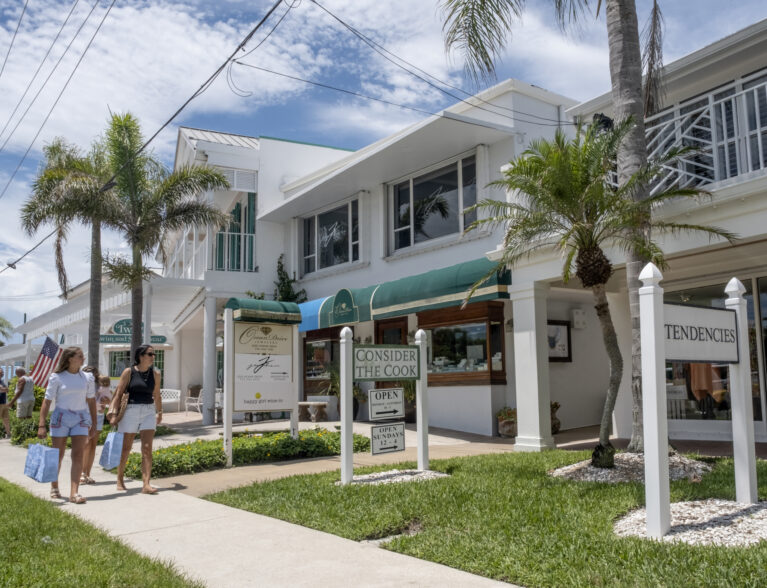
With tourism numbers across the state exceeding predictions, Indian River County is looking at capitalizing on this surge to raise more money for beach replenishment.
On Tuesday, the Indian River County Board of County Commissioners was scheduled to discuss a one-cent increase to the county’s tourist tax – up from the current 4 percent to 5 percent – which could bring in an additional $1 million per year.
In the agenda item for the June 6 meeting, County Commission Chair Joseph Earman proposed adding the fifth cent’s revenue into the county’s beach restoration fund, though it could be divided in a variety of ways.
“With a change to the County Code, this penny would be proposed to be added to the Beach Restoration Fund and it would reduce the temptation to use the 1 cent sales tax,” Earman’s memo reads. “Some additional research by staff will need to be done to determine how the additional penny can be divided appropriately.”
The recommendation needed a super-majority of Board of County Commissioners for approval. If approved, staff will begin research on how to divide the fifth cent and can present an ordinance to the board for approval on July 11. The tax may then begin being levied on Oct. 1.
With four months remaining in the 22/23 fiscal year, the tourist tax has generated $3.6 million and the beach restoration fund has received $1,649,880. Were the fifth cent allocated entirely to beach restoration, it would represent a 55 percent increase in its yearly budget.
The tourist tax, levied “on transient rentals, leases of accommodations in hotels, motels, apartments, rooming houses, mobile home parks, RV parks, condominiums, vacation rentals, and timeshare resorts,” is collected by 34 of Florida’s 67 counties.
With island beaches suffering from critical erosion and a growing list of beach restoration projects in the pipeline – some to be funded by FEMA, some by the county or eligible for state grant funding – an additional $1 million in local match funds annually could make large-scale dune projects possible sooner.



